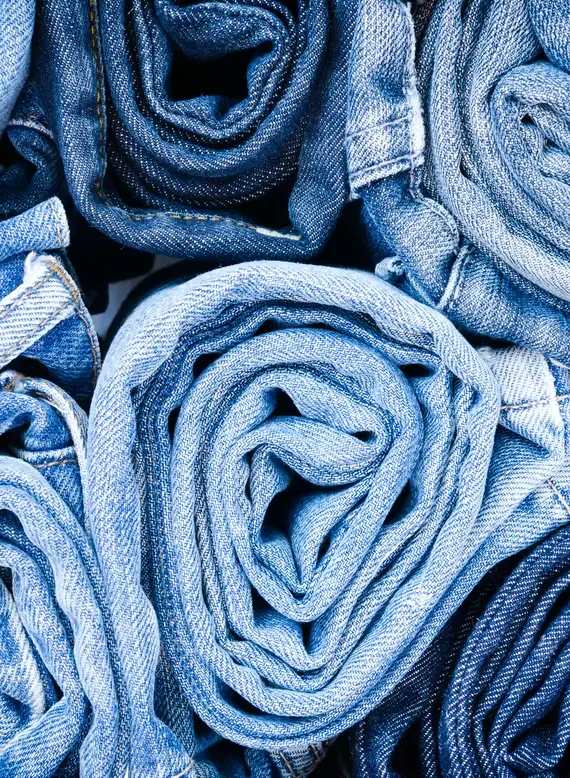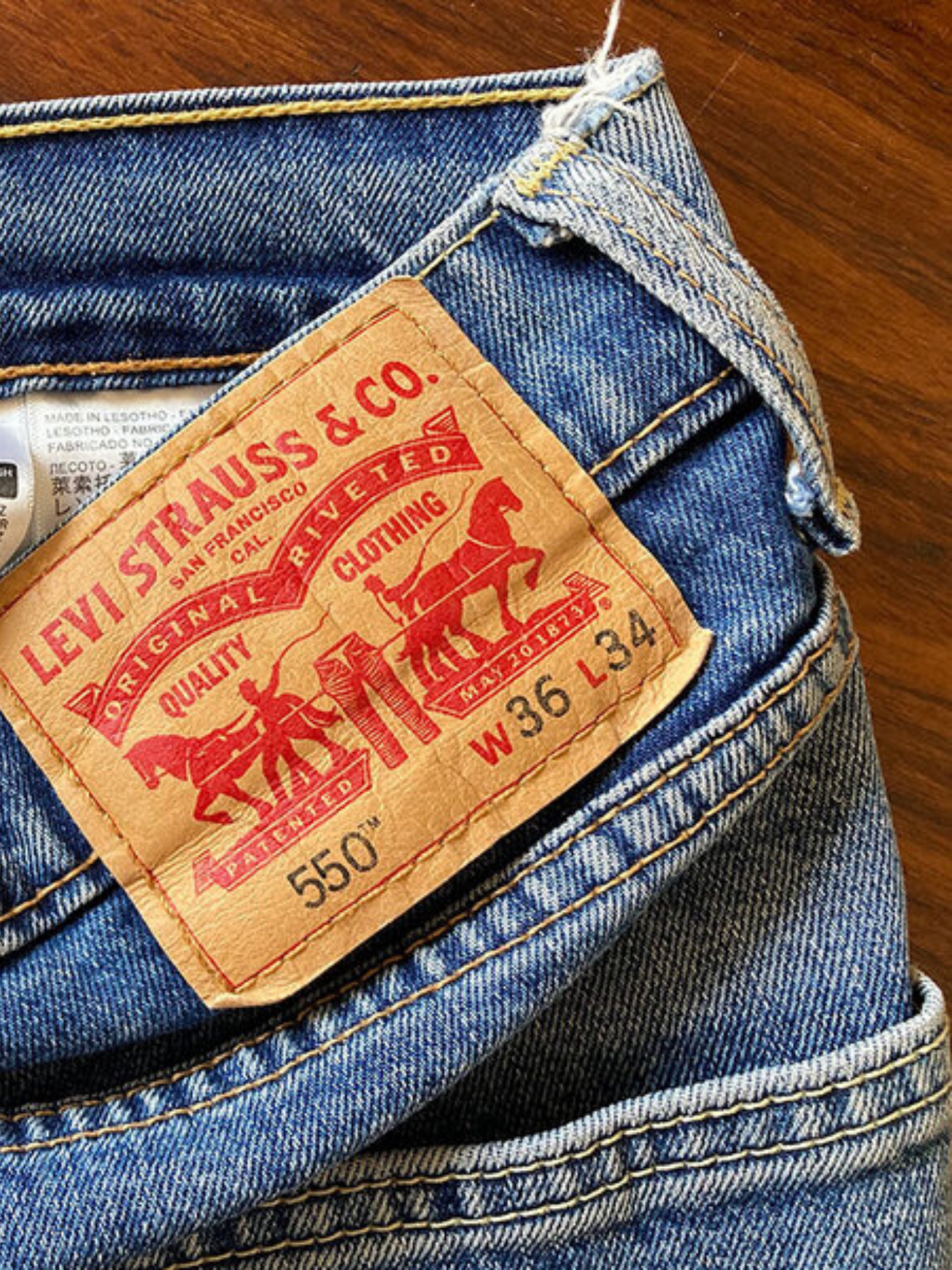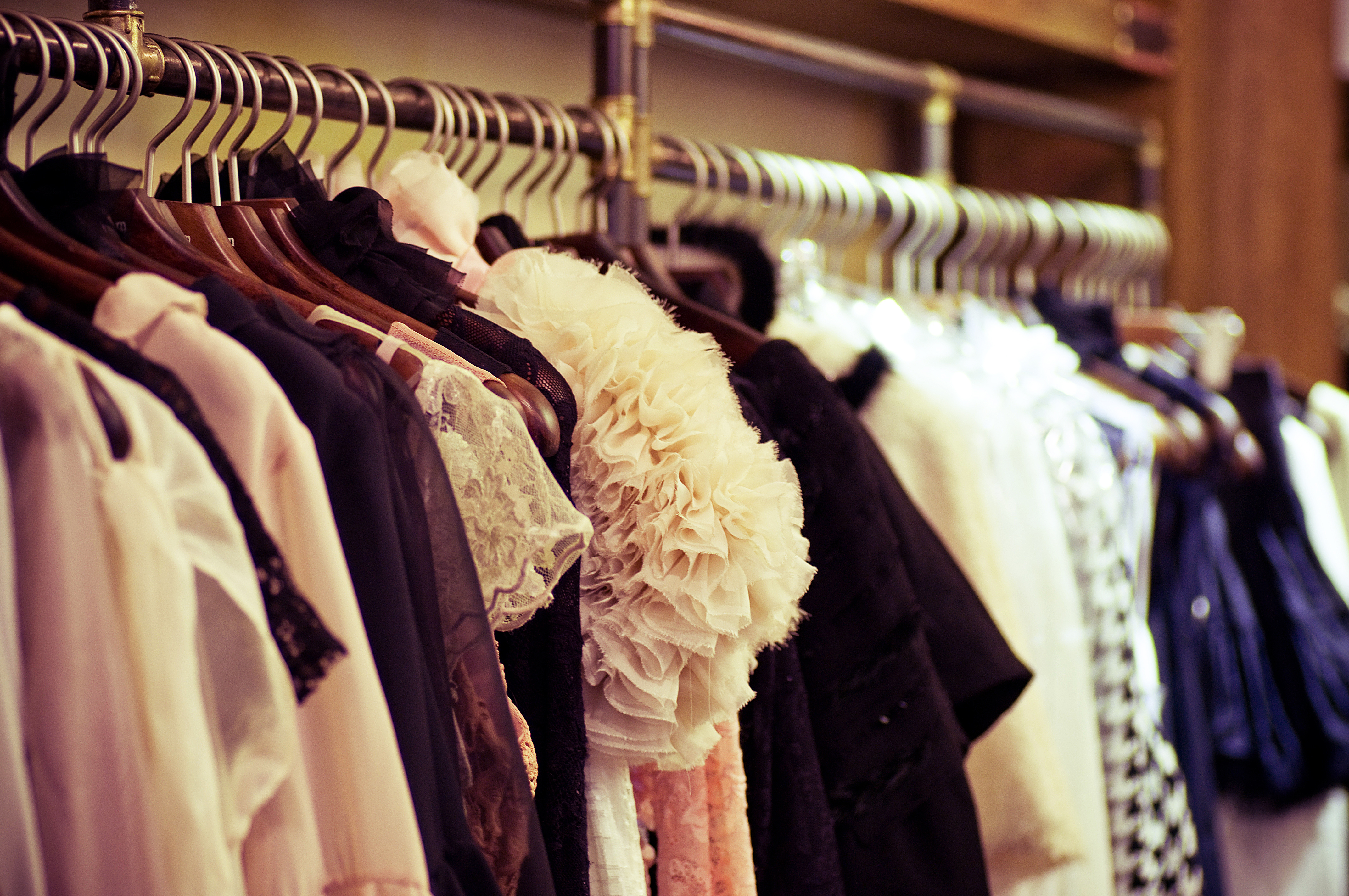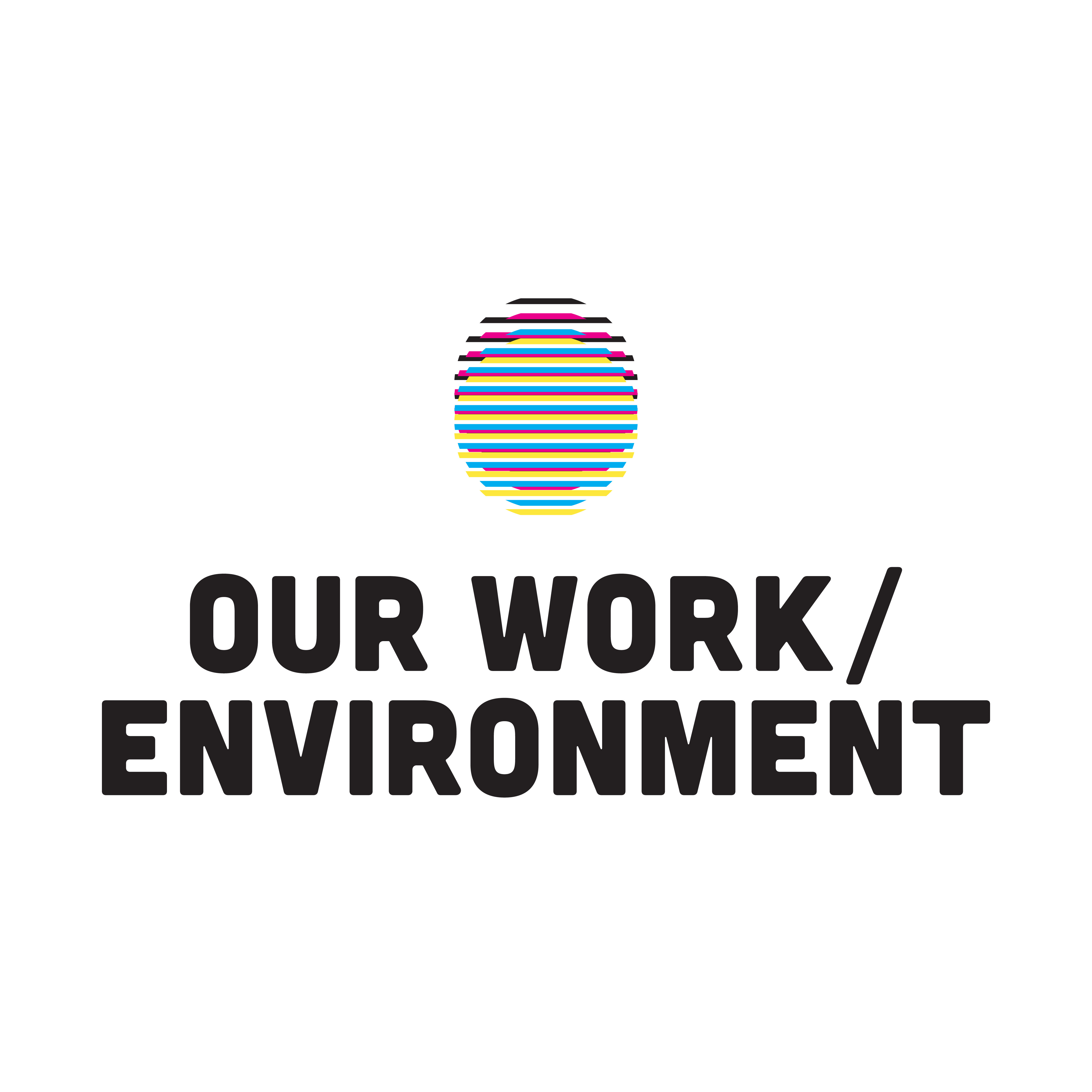These jeans tell a story of globalization. In 2021, a pair of Levi’s 501s may have had their cotton grown in Brazil, woven in China, be sewn in Lesotho, be sold in the United States, and finally be resold secondhand and, eventually, thrown into a landfill in Ghana.
With the rise of so-called “fast fashion” accelerating this life cycle, no part of the world has been left untouched. But Africa’s role is particularly complex. As Western consumers buy more and more clothing—about five times as much as we bought in 1980—African countries have become both the source of garments like our blue jeans and their ultimate resting place. Factories across the continent now produce for Western retail giants like H&M, Mango, Zara, and Levi’s. Like elsewhere in the world, the effects of these factories in Africa is complicated. They pollute rivers and create jobs, pay poverty wages and empower women. On the other end of fashion’s life cycle, meanwhile, Africa is the world’s largest market for secondhand clothes. It is here that many of the world’s textiles are ultimately disposed of—incinerated or dumped in landfills ill—equipped to hold them.
This project will look at the effects of fast fashion on one tiny African country, Lesotho, in an attempt to show how the West’s hunger for the latest trends is affecting the lives of people on the other side of the world.












